Most Illustrious Riccardo Dalisi is part of the collection of masters of design by Elena Salmistraro for Bosa. Most Illustrious is a tribute and a thank you to the masters of Italian design, a collection of three-dimensional figures made by Bosa in ceramic, finely decorated with colored glazes.
The Most Illustrious Collection of the design masters of Elena Salmistraro for Bosa begins with: Achille Castiglioni, for whom the centenary of his birth was celebrated in 2018, and continues with Riccardo Dalisi, Michele De Lucchi and Alessandro Mendini.
“Most Illustrious. It is a gift to those people that, maybe unknowingly, have given so much to my perception of design. Their commitment and their works have modelled and educated my vision and my taste; as truthful masters, they had no need to introduce themselves, to speak or to tell their ideas to stand out; the energy of their creations was sufficient to make me understand who they really were and what was their vision, proving that all designers are what they create, in the end. I had fun mixing colours, stacking objects and shapes to create a sort of tribute that, with great humility, shows my way of seeing them.” Elena Salmistrato.
Most Illustrious Riccardo Dalisi is part of the collection of masters of design by Elena Salmistraro for Bosa. Most Illustrious is a tribute and a thank you to the masters of Italian design, a collection of three-dimensional figures made by Bosa in ceramic, finely decorated with colored glazes.
The Most Illustrious Collection of the design masters of Elena Salmistraro for Bosa begins with: Achille Castiglioni, for whom the centenary of his birth was celebrated in 2018, and continues with Riccardo Dalisi, Michele De Lucchi and Alessandro Mendini.
“Most Illustrious. It is a gift to those people that, maybe unknowingly, have given so much to my perception of design. Their commitment and their works have modelled and educated my vision and my taste; as truthful masters, they had no need to introduce themselves, to speak or to tell their ideas to stand out; the energy of their creations was sufficient to make me understand who they really were and what was their vision, proving that all designers are what they create, in the end. I had fun mixing colours, stacking objects and shapes to create a sort of tribute that, with great humility, shows my way of seeing them.” Elena Salmistrato.


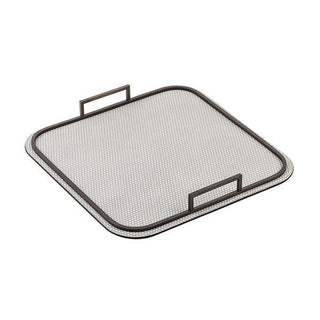

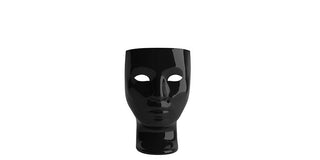
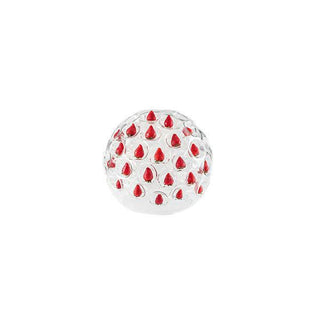

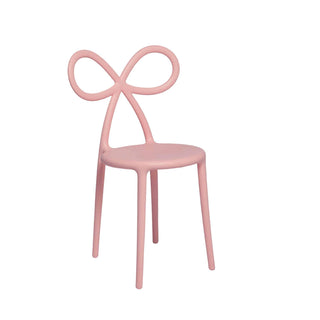
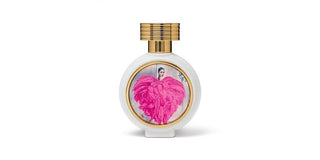


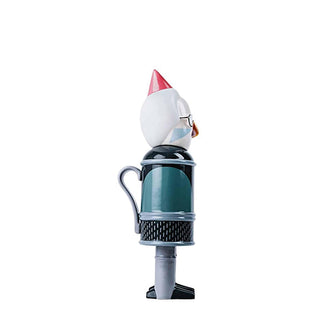

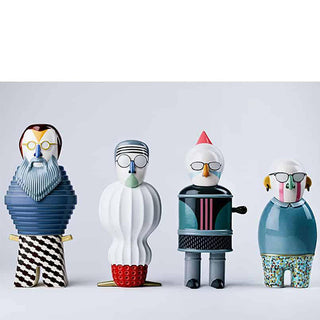
![["Yellow"]](http://danilocascella.com/cdn/shop/files/Most-Illustrious-Achille-Castiglioni.jpg?v=1733247844&width=60)
![["Yellow"]](http://danilocascella.com/cdn/shop/files/Most-Illustrious-Alessandro-Mendini2.jpg?v=1733247326&width=60)
![["Yellow"]](http://danilocascella.com/cdn/shop/files/Most-Illustrious-Riccardo-Dalisi.jpg?v=1733246128&width=60)
![["Yellow"]](http://danilocascella.com/cdn/shop/files/Michele-De-Lucchi3.jpg?v=1733245705&width=60)
![["Yellow"]](http://danilocascella.com/cdn/shop/files/cini-boeri.jpg?v=1733237601&width=60)